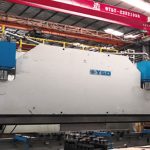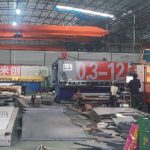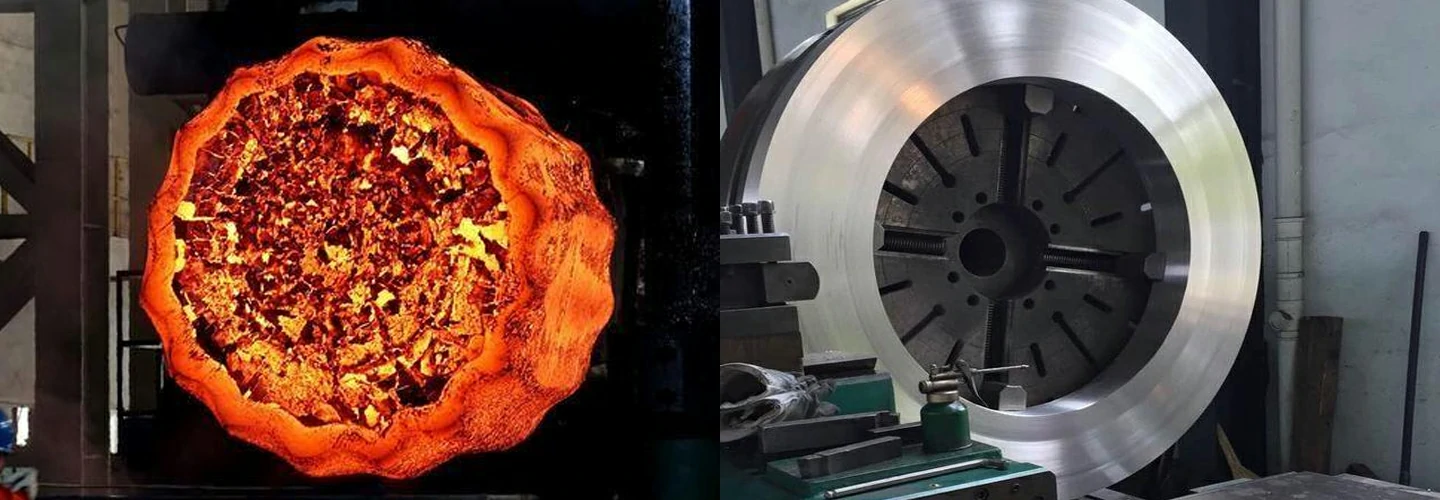
Stainless Steel Forging
Stainless steel forgings refer to objects in which stainless steel materials are subjected to pressure to shape the required shape or suitable compressive force through plastic deformation. This force is typically achieved through the use of a hammer or pressure. Through forging, defects such as as-cast looseness produced in the smelting process can be eliminated, and the microstructure can be optimized. At the same time, due to the preservation of metal streamlines, the mechanical properties of forgings are generally better than those of castings of the same material. For important parts with severe working conditions, forgings are mostly used in addition to rolling plates, profiles or welded parts with simpler shapes.
Since 2008, the team at Pintejin started to manufacture custom stainless steel forgings parts and components for customers from a wide variety of industries. Not only closed die forging, but we also offer stainless steel forging mold manufacturing and other manufacturing services with our partners. We could customize stainless steel forgings in range of 0.05kg-30kg, Forging capacity ranges up to 4,000 tons. .After forging, stainless steel products are always in rough shapes, to reach final shape, further machining operation is needed. Pintejin Forging Company is also equipped with a series of machining facilities, in this way, we can provide machining service as well. As the fluidity of stainless steel is worse than other steels, so both forging & machining difficulties are larger. Our experts are always on hand to provide suggestions and assistance on material selection, design improvement, and production optimization. We have been working with Stainless steel series worked with include 200 series, 301, 302, 303, 304, 309, 316, 321, 408, 409, 410, 416, 420, 440, 500 series and 630. and grades. No matter what purposes and applications of your required stainless steel forging parts, we’ll give the best return on your payment.
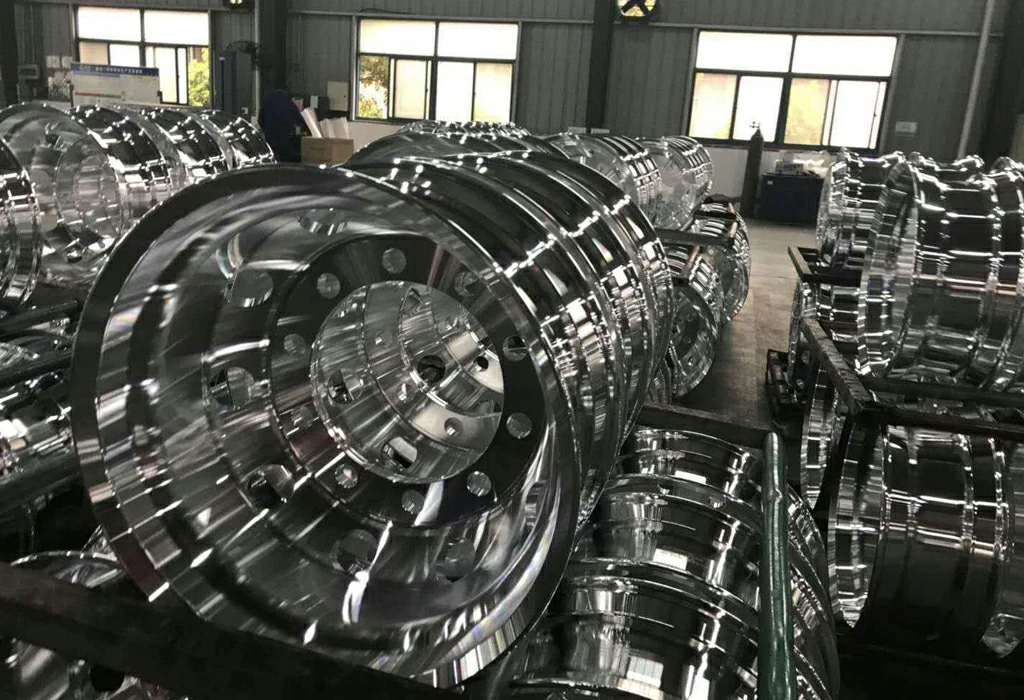
What Is Stainless Steel Forging
The Process Of Stainless Steel Forging
The Classification Of Stainless Steel Forging
1. According to the moving method of the billet, forging can be divided into free forging, closed die forging and closed upsetting.
Free forging. Using impact force or pressure to deform the metal between the upper and lower irons to obtain the required forgings, there are two types of manual forging and mechanical forging.
Die forging is divided into open die forging and closed die forging, and can be divided into cold heading, roll forging, radial forging and extrusion, etc.
2. According to the deformation temperature, forging can be divided into hot forging. Between 300 and 800 ℃, it is called warm forging or semi-hot forging.
The Features Of Stainless Steel Forging
The Precision Forging Technology Of Stainless Steel Parts
Reasonable use of different forging processing technologies during forging can greatly improve the quality and production efficiency of stainless steel forgings. Precision forging refers to the forming technology that only needs a small amount of processing or no processing to meet the requirements of the dimensional accuracy of the parts after the parts are forged and formed.
There are two main ways to achieve precision forging: refining the blank, that is, directly forging a blank that meets the requirements of precision machining. For stainless steel forgings, the whole or some parts of the parts are directly processed by the precision forging process, thereby reducing the amount of machining.
There are many precision forging processes currently used in production. According to different forming temperatures, it can be divided into warm forging, hot precision forging, cold precision forging and conformal precision forging.
Warm forging is a precision forging technique in which the metal is heated to a suitable temperature below the recrystallization temperature. It has the advantages of hot forging and cold forging at the same time and avoids their defects, effectively reduces the load of the equipment and the die, improves the plasticity and fluidity of the metal, and does not require forging and annealing.
Hot precision forging refers to the precision forging process in which forging is performed above the recrystallization temperature. Because the deformation temperature is high, the deformation resistance of the material during forging is low, and the plasticity is good, so it is easy to form parts with complex geometric shapes.
The cold precision forging process is a precision forging forming technology that is forged at room temperature. Due to room temperature forming and avoiding dimensional errors caused by thermal expansion and contraction, the shape and size of cold precision forged workpieces are easier to control. The forging accuracy of precision forging and warm precision forging is lower than that of cold precision forging.
The compound precision forging process combines the cold, warm and hot forging processes to complete the forging of a workpiece. It can take advantage of the advantages of cold, warm and hot forging and avoid the shortcomings of cold, warm and hot forging. At the same time, the mechanical properties, dimensional accuracy and surface quality of parts produced by composite precision forging technology are improved compared with those produced by single forging technology. At present, the commonly used composite precision forging processes mainly include warm forging-cold finishing, hot forging-cold forging, warm extrusion-cold rolling, warm precision forging-cold extrusion, hot precision forging-cold rolling, etc.
The Defects In Stainless Steel Forgings
The problem of defects in stainless steel forgings is a complex issue involving multiple disciplines, especially for specific problems. Due to the numerous influencing factors, it is not easy to analyze accurately. The purpose of defect analysis of stainless steel forgings is to clarify the problem, find out the reasons, take corresponding countermeasures, manufacture forgings that meet the requirements of technical standards, meet the requirements of product design and use, and formulate practical measures to prevent similar defects from happening again, constantly Improve the quality of stainless steel forgings.
If the forging process is improper, a series of forging defects may occur. The general forging process consists of the following steps, namely blanking, heating, forming, post-forging cooling, pickling and post-forging heat treatment. The heating process includes furnace loading temperature, heating temperature, heating speed, holding time, furnace gas composition, etc. If heating is improper, such as heating temperature is too high, heating time is too long, it will cause defects such as decarburization, overheating, overburning, etc. For billets with large section size, poor thermal conductivity and low plasticity, if the heating rate is too fast and the holding time is too short, the temperature distribution will be uneven, which will cause thermal stress and cracking of the stainless steel forging billet.
The forging forming process of stainless steel forgings includes deformation method, deformation degree, deformation temperature, deformation speed, stress state, mold and lubrication conditions, etc. If the forming process is not appropriate, it may cause coarse grains, uneven grains, various cracks, etc. . During the cooling process after forging, if the process is not appropriate, cooling cracks, white spots, network carbides, etc. may occur.
Since stainless steel forgings must undergo heat treatment, surface treatment and machining after forging, they can be put into use after they are made into parts, so the quality analysis of stainless steel forgings includes quality analysis of forgings after forging, as well as quality analysis. Problems found during heat treatment, surface treatment, cold working engineering and use of stainless steel forgings. At this time, on the stainless steel forgings or finished parts, there may also be quality problems caused by improper follow-up processes after forging, improper use and maintenance, or improper design and material selection, as well as other influencing factors other than improper forging processes.
The Stainless Steel Forging Experience At Pintejin
Stainless steel is widely used in the defense industry, chemical industry, petroleum industry and power sector, and many products not only require corrosion resistance, but also require high strength, so most stainless steels must be used after forging. Compared with carbon steel, the different characteristics of sterling steel are: low thermal conductivity, narrow forging temperature range, strong overheating sensitivity, high resistance at high temperature, low plasticity, etc., which have brought many difficulties to forging production. And different types of stainless steel forging processes are also different.
-
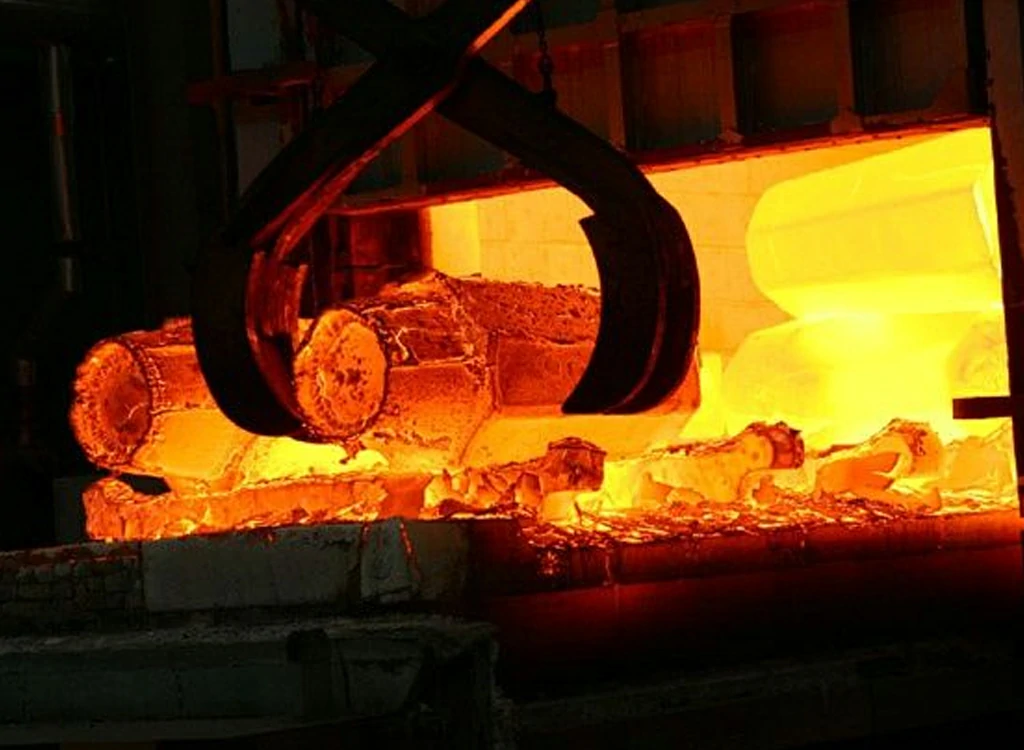
Martensitic Stainless Steel Forging
Martensitic stainless steel has high hardenability, which can be hardened by air cooling. Therefore, when cold forging martensitic steels, especially those high carbon steels, protective measures must be taken to prevent the occurrence of cracking. Generally, martensitic steel should be covered with heat insulating material, or evenly cooled in the furnace to cool it slowly to 593℃.
-
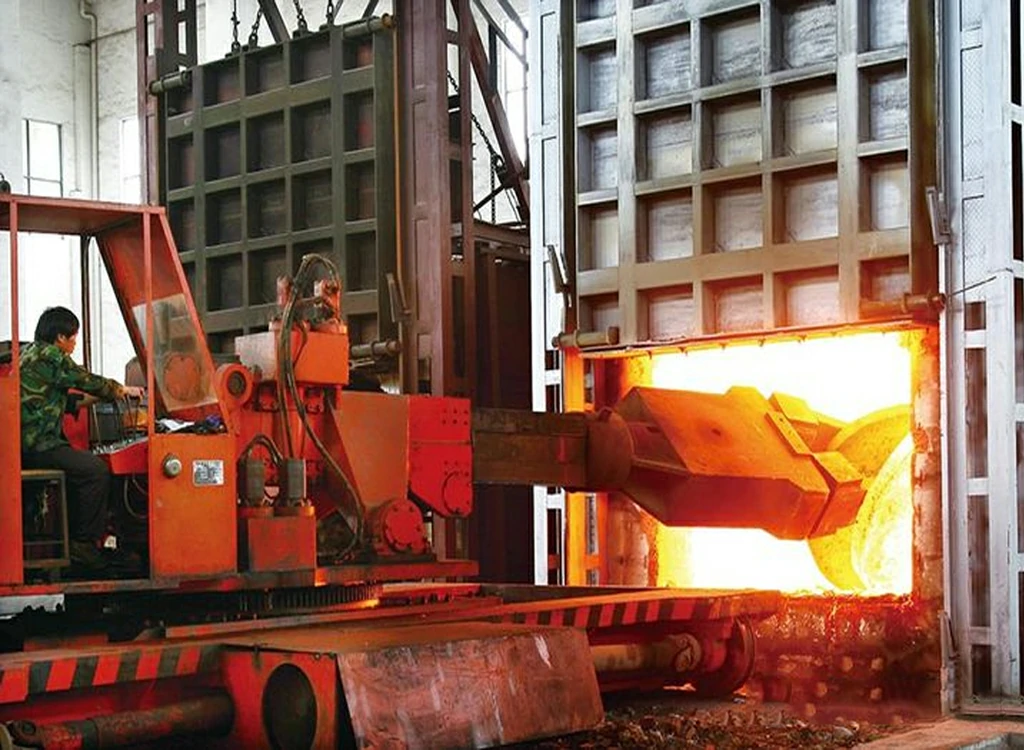
Ferritic Stainless Steel Forging
The hardness of pure chromium ferritic stainless steel does not increase significantly after quenching. During the forging process, the phenomenon of work hardening will occur, and the degree of work hardening will be different depending on the temperature and deformation. The cooling temperature requirements for this steel after forging are not strict.
-

Austenitic Stainless Steel Forging
Because austenitic stainless steel has no phase transformation in the high temperature range, the forging temperature is higher than that of martensitic stainless steel, but high-chromium or low-carbon stainless steel does not have the above properties, because high-chromium or low-carbon stainless steel is higher than 1093 ℃, depending on the composition.
Stainless Steel Forging Part In China Metal Forgings Suppliers
As a professional forging manufacturer, Pintejin has extensive forging expertise, such as hot forging, warm forging and cold forging, as well as design and engineering expertise. With our unparalleled manufacturing capabilities, we strive to challenge long-term practices to constantly exceed the established framework constantly.We have many years of experience in manufacturing a variety of high-performance, critical and safety components.
-
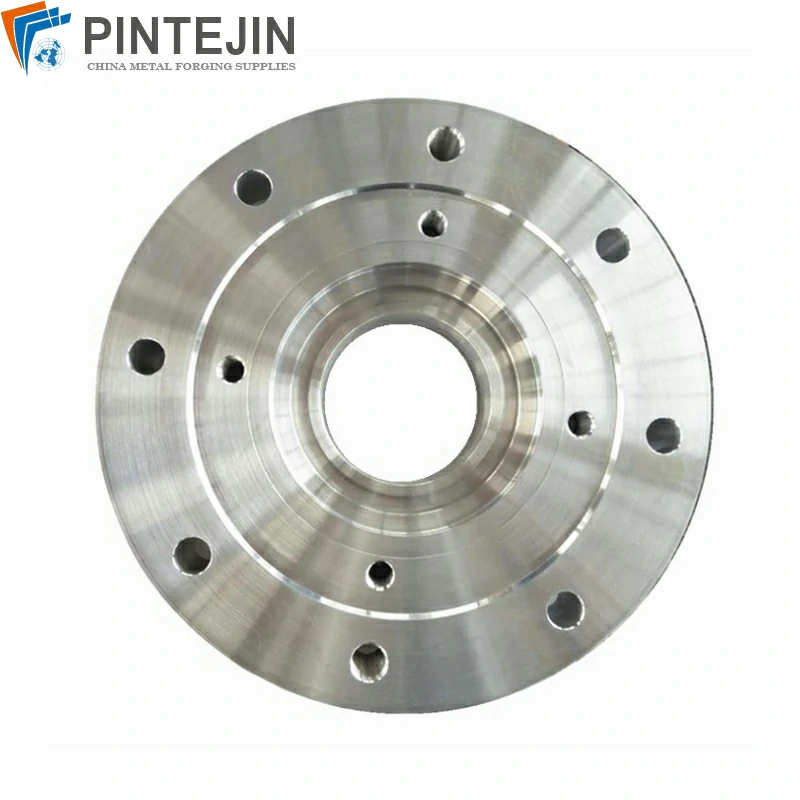
Forging 5083 5052 6061 7075 2A12 Aluminum Flange
-
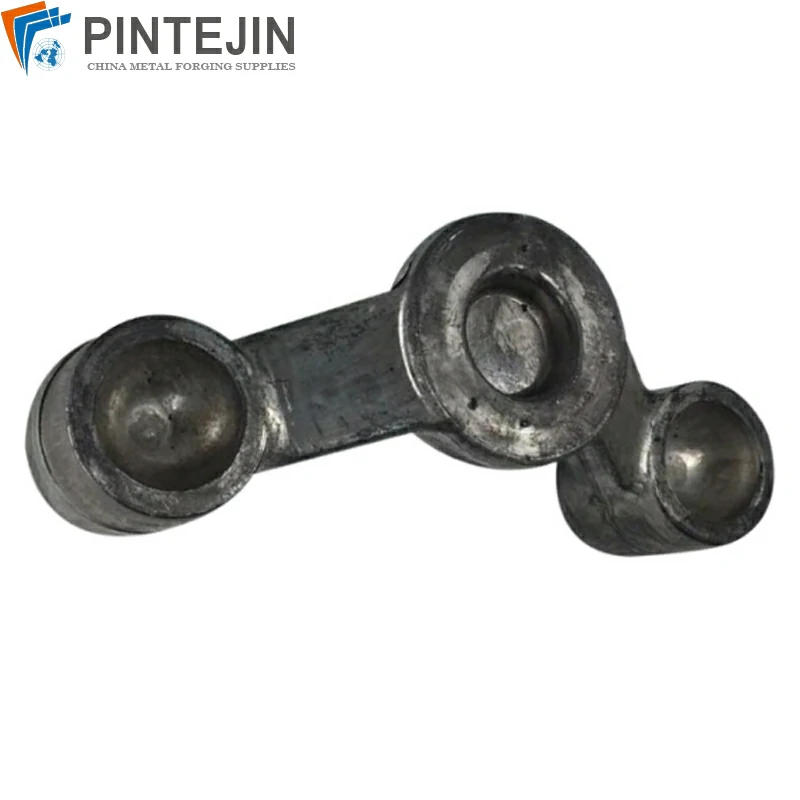
Aluminum Alloy Forged Mountain Bike Shoulder Cover
-
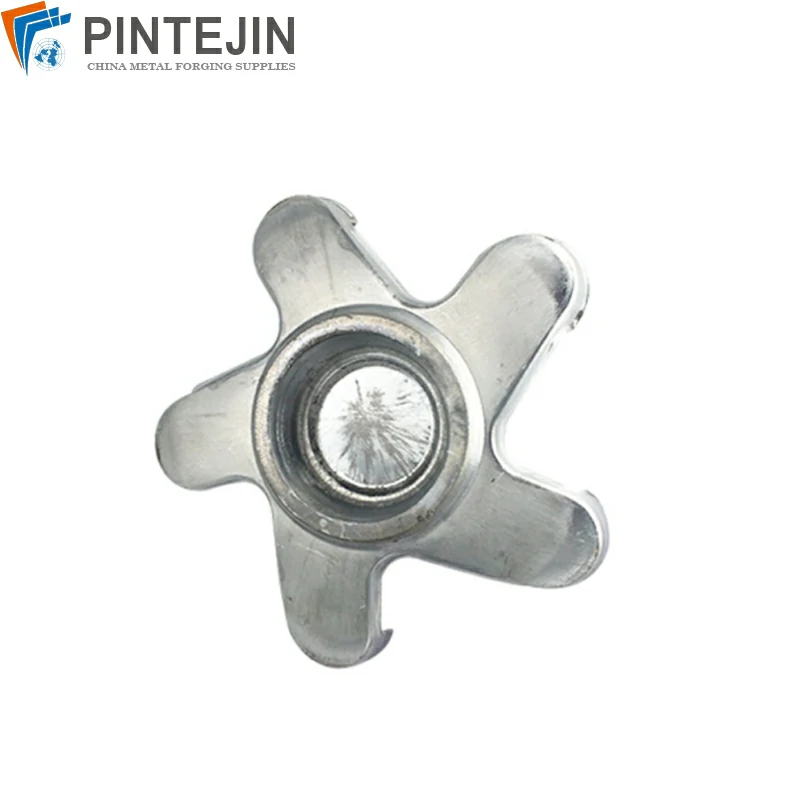
Aluminum Hot Die Forging Automotive Parts
-
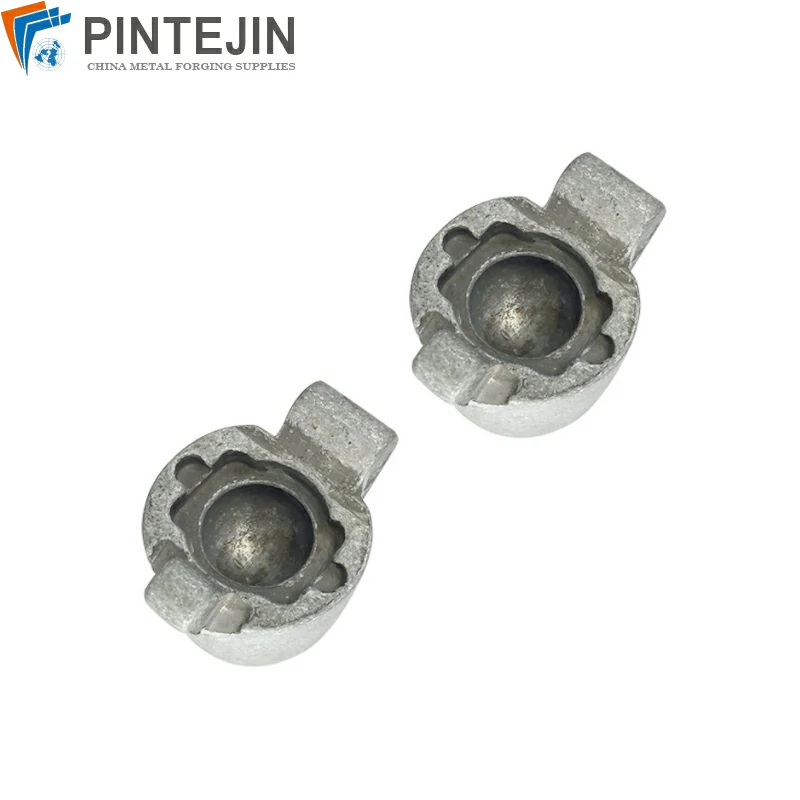
Aluminum Alloy Die Forged Bike Folder Shoulder Cover V Brake Parts
-
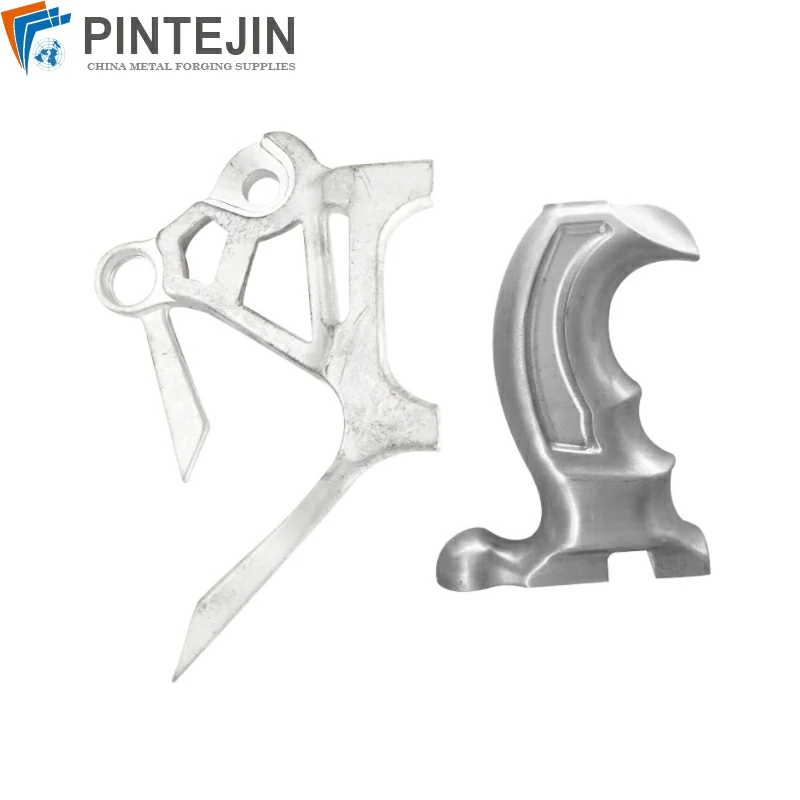
Aluminum Alloy Hot Forged Bike Transmission Hook
-
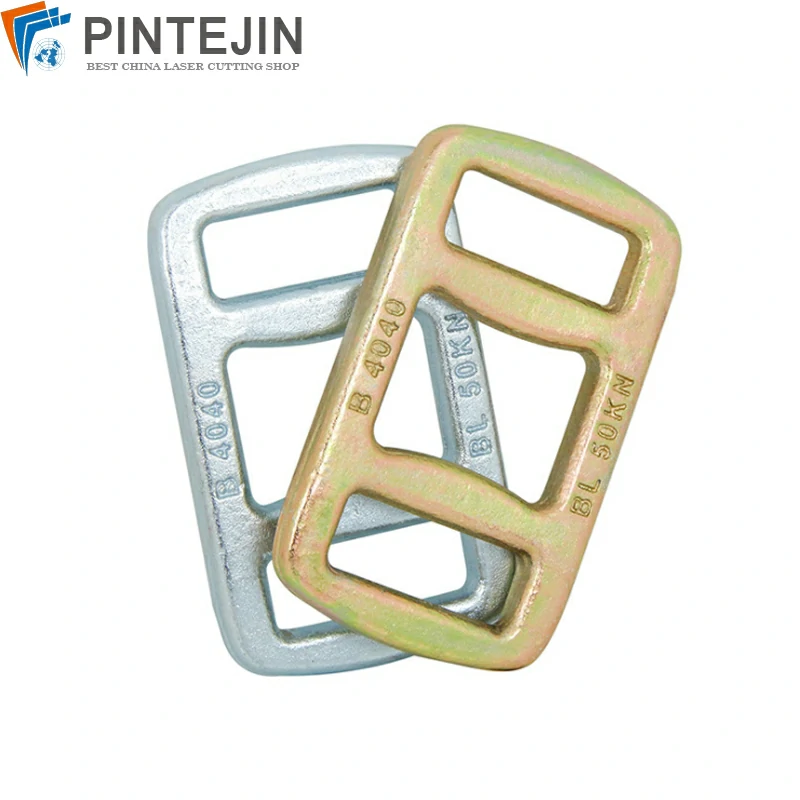
Die Forged Packing Belt Connecting Mesh Ring
-
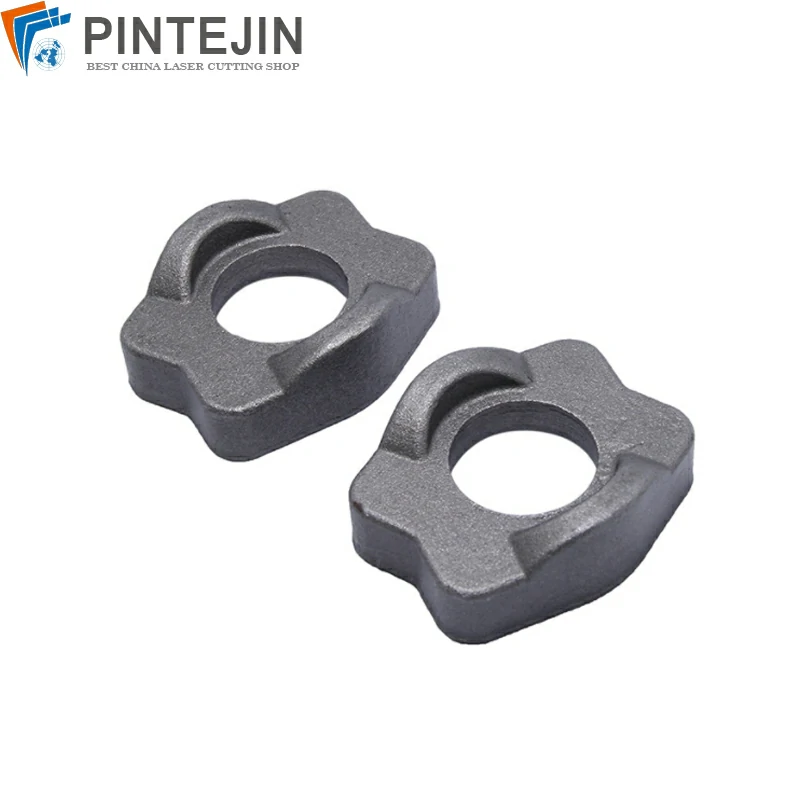
Forged Carbon Steel Special-Shaped Split Flange
-
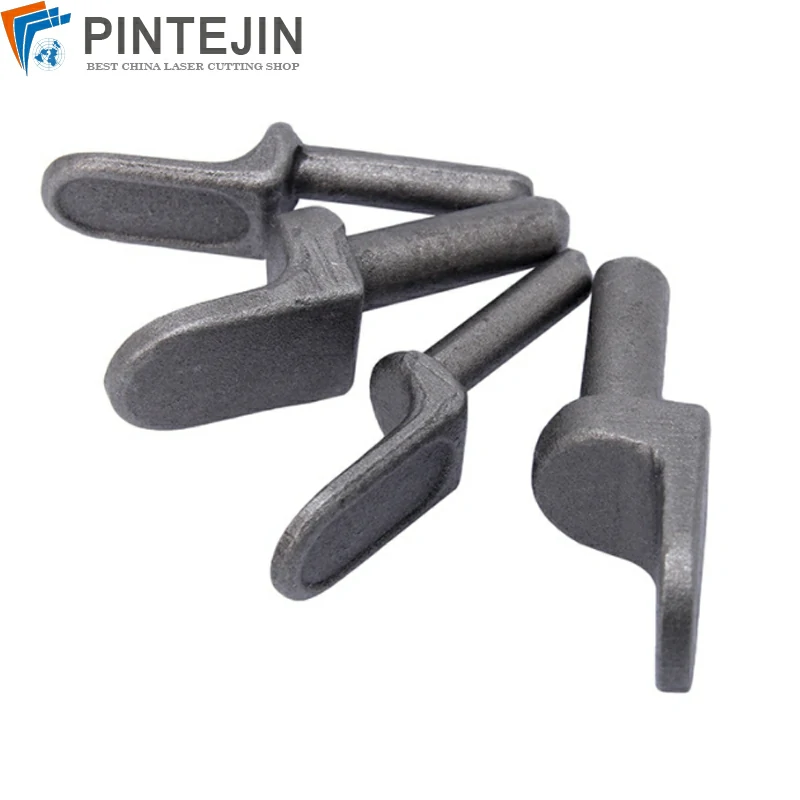
Custom Forged Special-Shaped Hinge Spade Pins
If you are looking for Metal Forging Service,Pintejin is ready to give them to you! With us, you will have the opportunity to make your custom Hot forging parts, cold forging parts,machined parts, prototype production easy and less hassle. If you want to avail our service, call us now and get a metal forgings quote!

